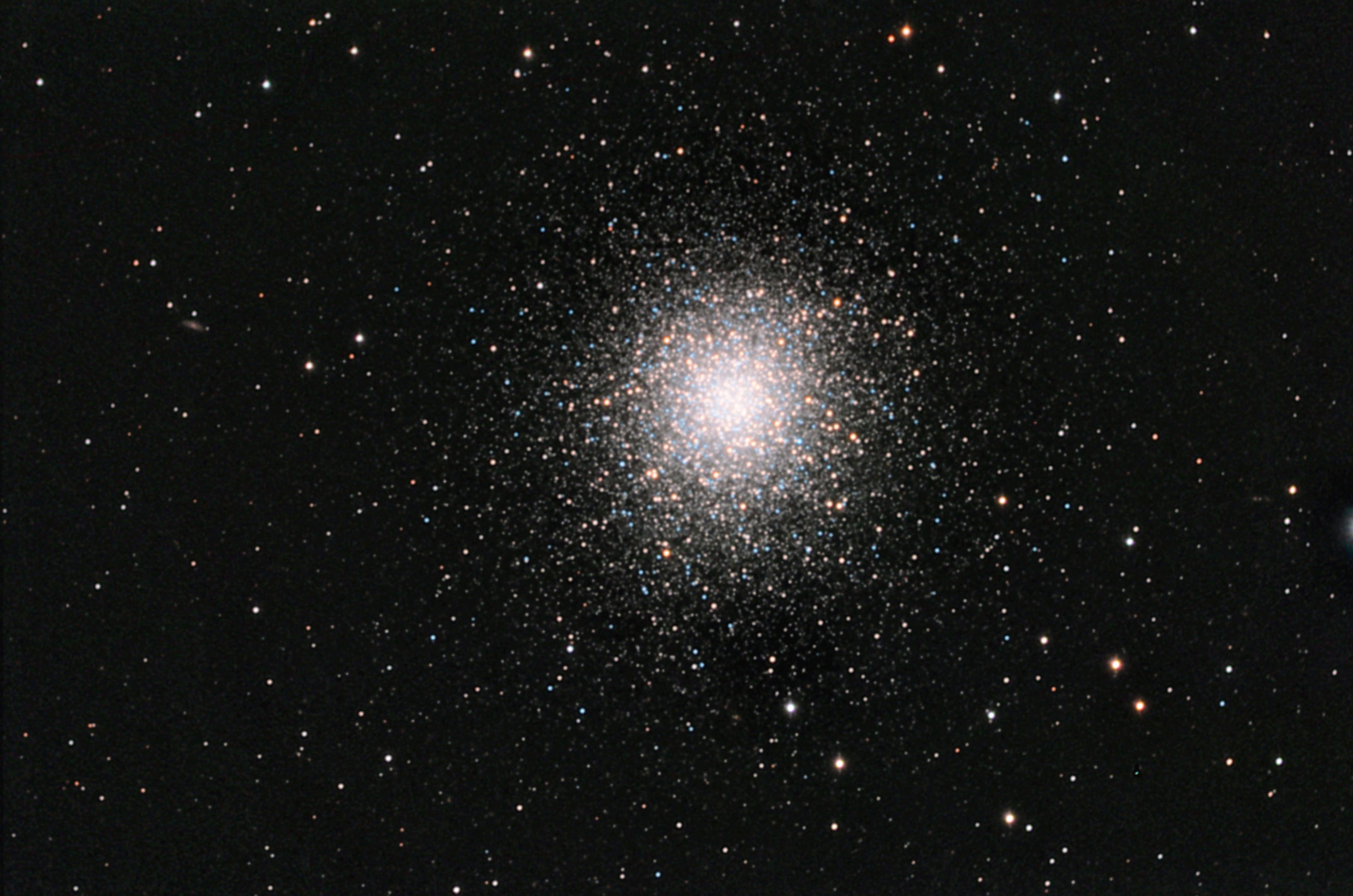Excuse Me While I Kiss the Sky -- Month of July 2025

Welcome to the night sky report for July 2025 -- Your guide to the constellations, deep sky objects, planets, and celestial events that are observable during the month. Venus shines brightly in the east each morning a couple of hours before sunrise, with the Pleiades and the bright stars Aldebaran and Capella. Mars sits in the west, about 20 degrees above the horizon as twilight fades and sets a couple of hours after dark. Jupiter starts to become visible low in the east in the hour before sunrise after mid-month. You'll notice it rises a bit higher each day through August, quickly approaching closer to Venus each morning. Mercury is visible very, very low in the west the first week or so in July, but sets quickly after sunset. Saturn rises around midnight and climbs to a point high in the south as dawn approaches. July is also a prime time to view the Milky Way in all its glory. Find the constellation Scorpius to identify the reddish supergiant star Antares, which will lead you to the globular star cluster M4 (NGC 6121). M22 (NGC 6656) in the constellation Sagitarius is one of the brightest globular clusters in the sky and is visible to the naked eye. Keep observing around the group of stars commonly known as the Teapot and you’ll be looking toward the center of the Milky Way. In that direction, you can see the Lagoon Nebula (M8, NGC 6523), the Omega Nebula (M17, NGC 6618), and the Trifid Nebula (M20, NGC 6514). Two open star clusters, the Butterfly Cluster (M6, NGC 6405) and the Ptolemy Cluster (M7, NGC 6475), can be found on the end of the constellation Scorpius, just above the stinger. The night sky is truly a celestial showcase. Get outside and explore its wonders from your own backyard.
Comments:
There are no comments yet.
Funding Member
Sponsors
- Desert Sky Astro Products
- AstroMart LLC
- OMI OPTICS USA LLC
- Anacortes Telescope
- RemoteSkies.net
- BBLABS LLC
- Waite Research
- APM-Telescopes
- SellTelescopes.com
- Bob's Knobs
- ASTROPHOTOGRAPHY BY MARTIN PUGH
- FocusKnobs
- BW
- astronomy-shoppe
- Rouz Astro
- Astromart Customer Service
- Matsumoto Company
View all sponsors



